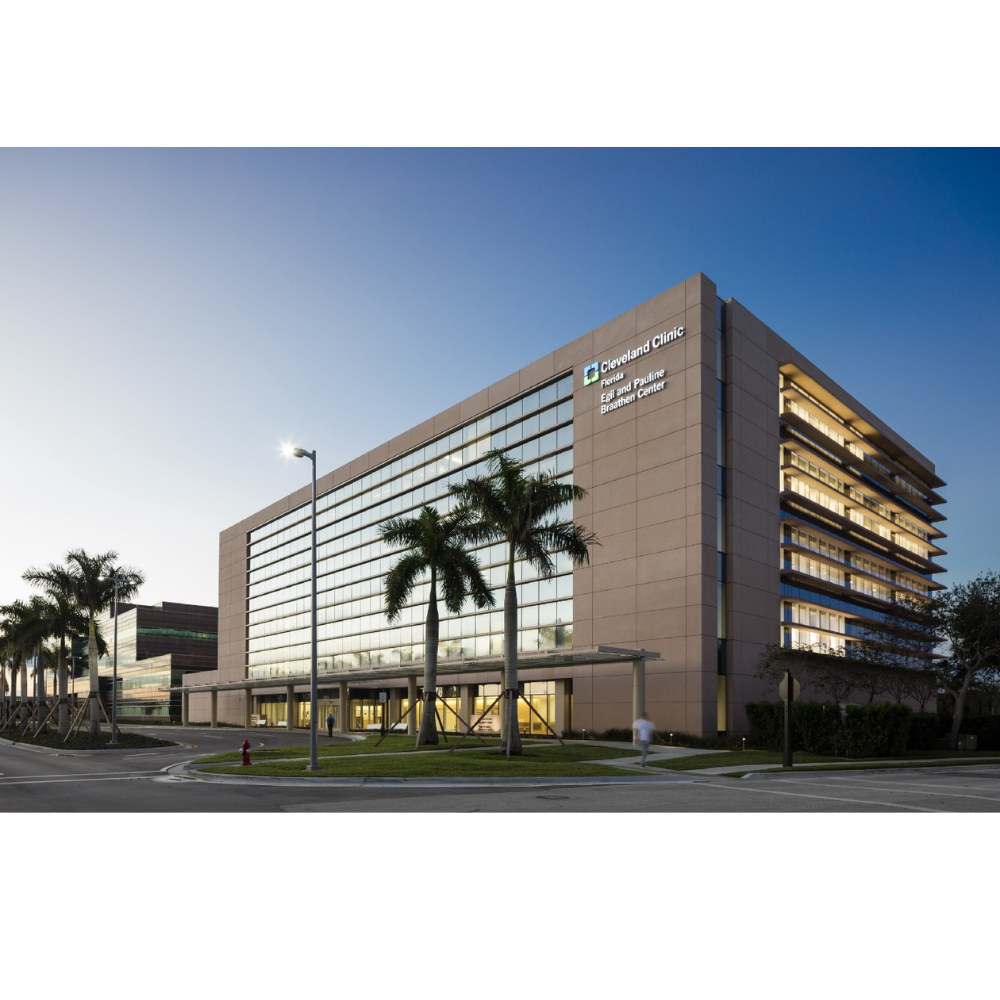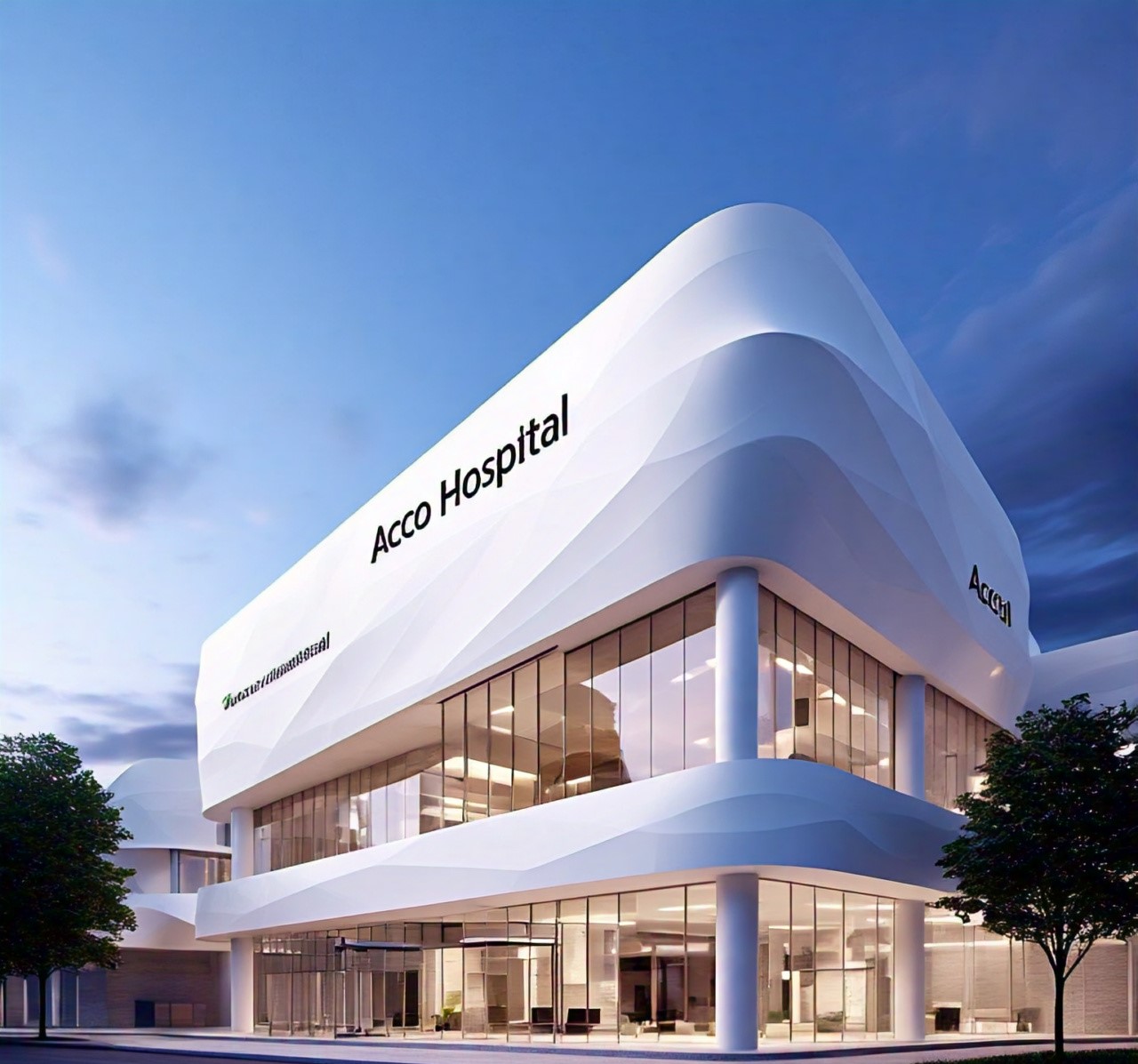
HOSPITAL DESIGN HUB Key Elements of Successful Hospital Design in Pakistan
Successful hospital design in Pakistan requires careful consideration of various elements to ensure that the facility meets the needs of patients, staff, and the community while maintaining operational efficiency. Here are the key elements to consider for a successful hospital design:
1. Patient-Centered Design
Comfort and Privacy:
- Patient Rooms: Design private or semi-private rooms that offer comfort, privacy, and a calming environment. Consider amenities such as adjustable lighting, temperature control, and easy access to natural light.
- Family Areas: Include comfortable waiting and family spaces that provide a supportive environment for visitors.
Ease of Navigation:
- Wayfinding: Implement clear, intuitive signage and wayfinding systems to help patients and visitors navigate the facility easily.
- Accessibility: Ensure all areas are accessible to individuals with disabilities, with features like ramps, wide corridors, and elevators.
2. Operational Efficiency
Functional Layout:
- Zoning: Create distinct zones for different functions (e.g., emergency, outpatient, inpatient) to streamline workflows and minimize travel time for staff and patients.
- Staff Workflows: Design clinical spaces and support areas to enhance efficiency and reduce the time required for tasks.
Technology Integration:
- Medical Equipment: Plan spaces to accommodate advanced medical equipment and ensure ease of access for staff.
- Information Systems: Integrate electronic health records (EHR) and other IT systems to streamline operations and improve patient care.
3. Infection Control
Hygienic Design:
- Materials: Use antimicrobial and easy-to-clean materials in high-touch areas to reduce the risk of infections.
- Ventilation: Incorporate advanced HVAC systems with proper filtration and air circulation to maintain a clean and safe environment.
Isolation and Quarantine:
- Isolation Rooms: Design specialized isolation rooms for patients with contagious diseases, incorporating features like negative pressure ventilation to prevent cross-contamination.
4. Sustainability
Energy Efficiency:
- Efficient Systems: Implement energy-efficient lighting, HVAC systems, and renewable energy sources to reduce operational costs and environmental impact.
- Green Building Standards: Aim to meet green building certifications such as LEED to ensure sustainability and efficiency.
Water Conservation:
- Water-Saving Fixtures: Use low-flow faucets, toilets, and other fixtures to conserve water.
- Rainwater Harvesting: Explore rainwater harvesting systems for non-potable uses, such as irrigation.
5. Safety and Security
Emergency Preparedness:
- Access and Evacuation: Design clear access routes for emergency vehicles and effective evacuation routes for patients and staff.
- Safety Features: Incorporate safety measures such as fire alarms, sprinklers, and secure access areas to protect against emergencies.
Security Systems:
- Surveillance: Implement surveillance cameras and controlled access systems to ensure the safety of patients, staff, and visitors.
- Controlled Access: Design secure areas for sensitive equipment and information.
6. Community and Wellness Integration
Wellness Spaces:
- Healing Environments: Create spaces that promote relaxation and well-being, such as gardens, meditation areas, and recreational spaces.
- Community Engagement: Design areas for community health education and outreach programs to strengthen the hospital’s connection with the community.
Support Services:
- Cafeterias and Shops: Include amenities such as cafeterias, coffee shops, and retail spaces for the convenience of patients and visitors.
7. Adaptability and Future-Proofing
Flexible Design:
- Modular Spaces: Design adaptable spaces that can be easily reconfigured to accommodate changing needs and future advancements.
- Scalability: Plan for future expansion or modification to accommodate growing demands and evolving healthcare practices.
8. Aesthetic Considerations
Visual Appeal:
- Design Harmony: Create a visually pleasing environment that uses calming colors, natural materials, and art to enhance the overall atmosphere.
- Patient Experience: Consider the impact of aesthetics on patient comfort and recovery, integrating design elements that contribute to a positive experience.
Conclusion
Successful hospital design in Pakistan involves a comprehensive approach that balances patient-centered care, operational efficiency, infection control, sustainability, safety, community engagement, adaptability, and aesthetics. By addressing these key elements, hospitals can create environments that support excellent healthcare delivery, improve patient and staff satisfaction, and contribute positively to the community.
Comments
0 Likes




